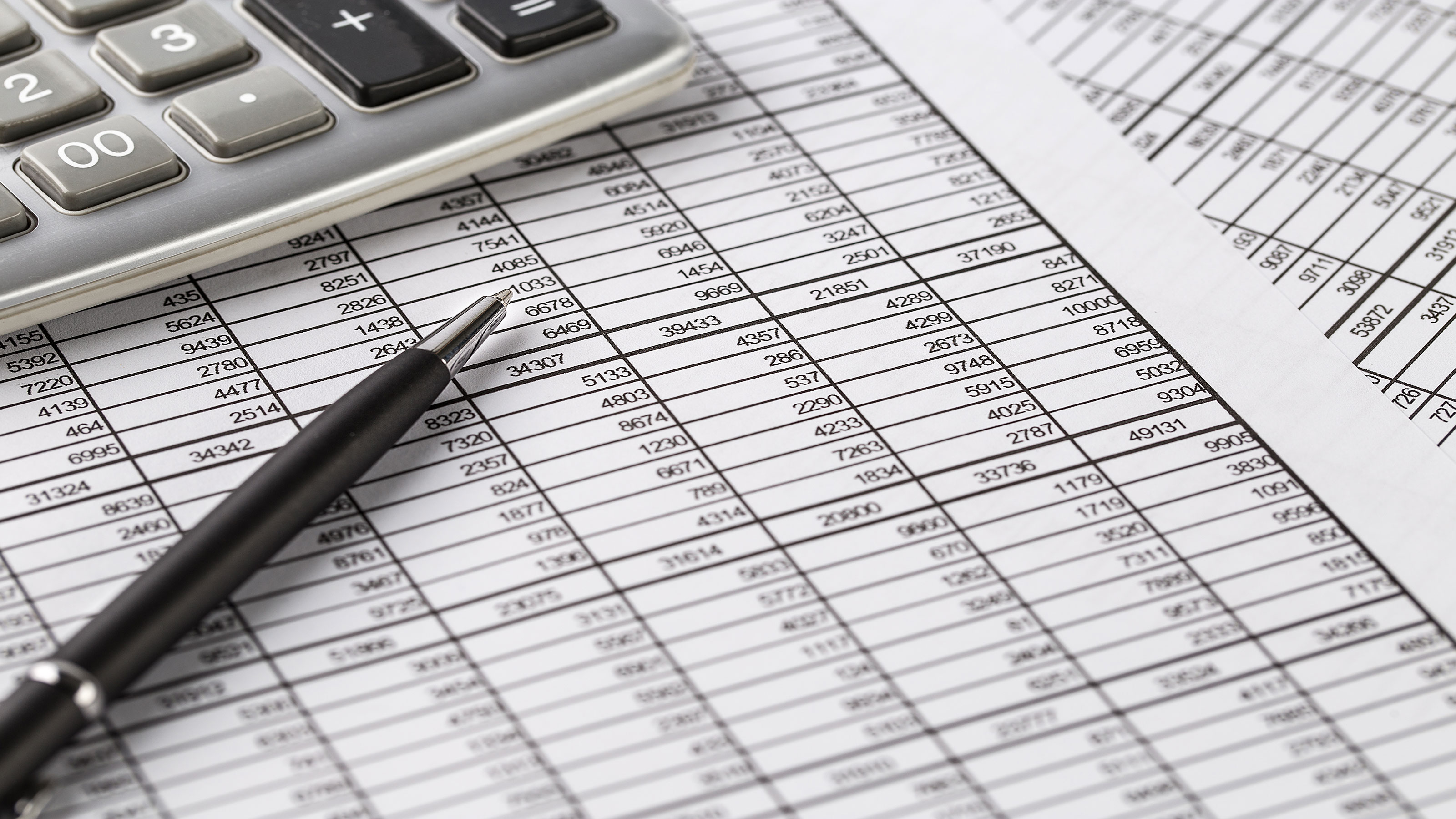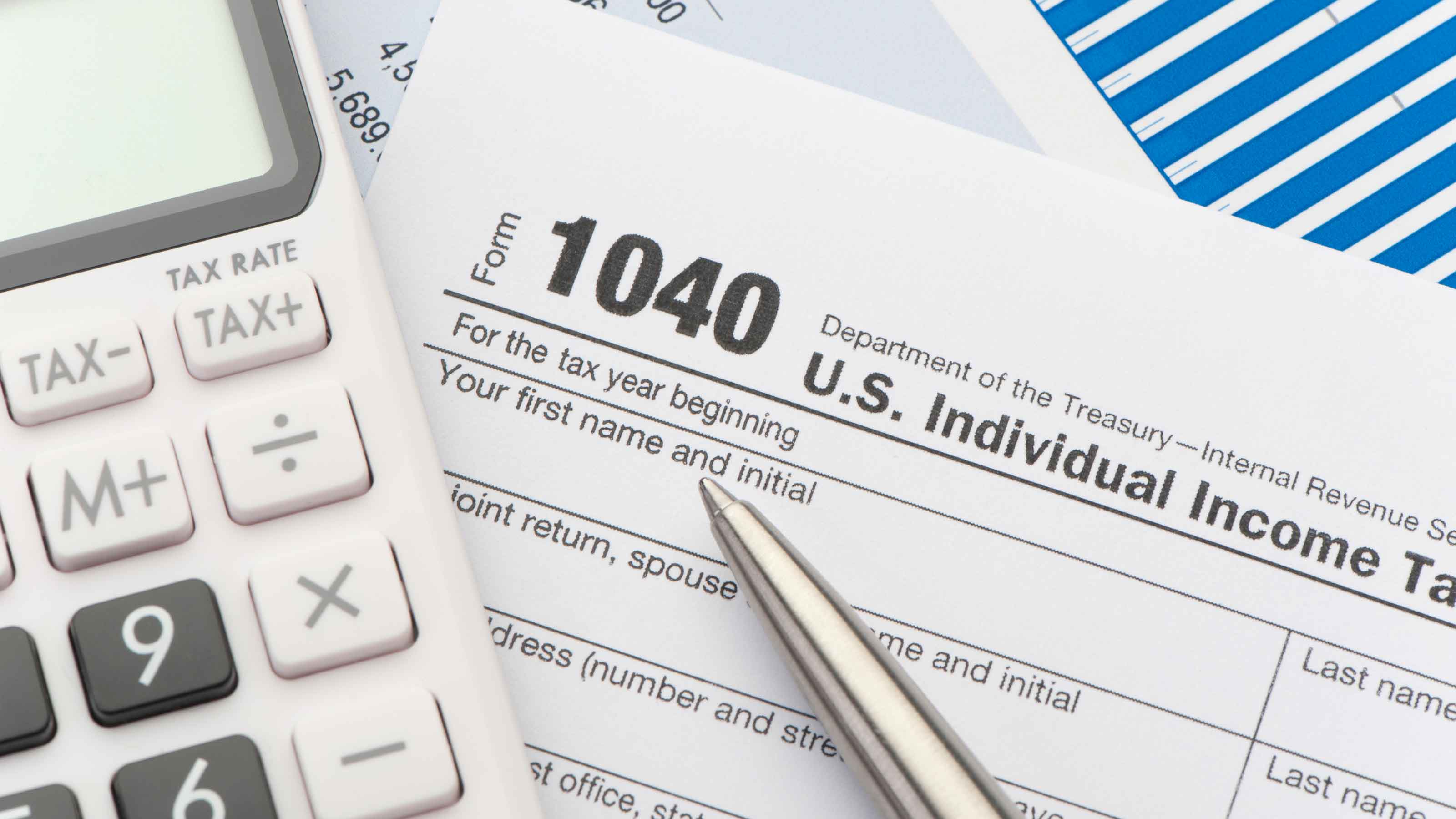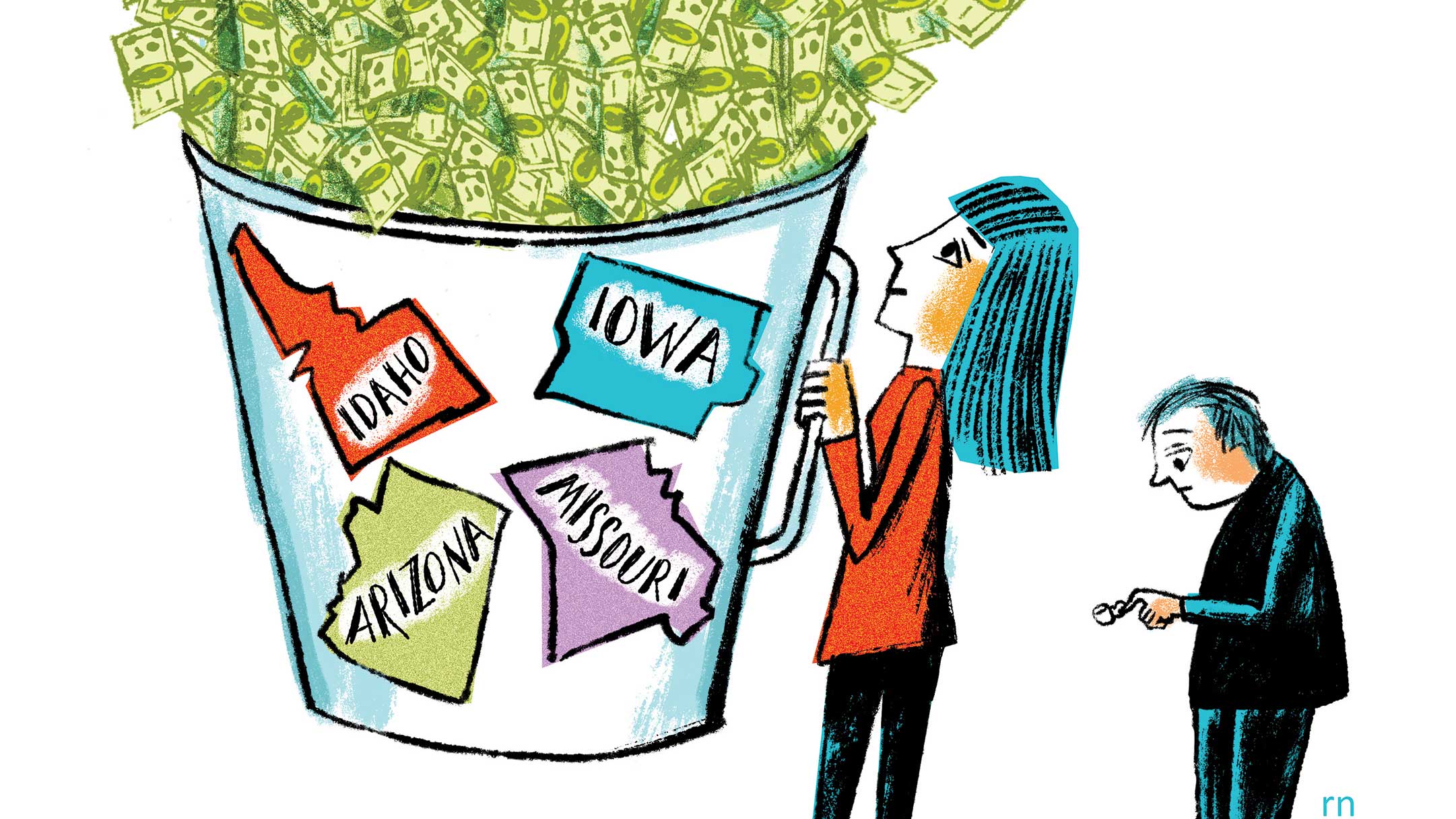A Head Start on Your Taxes
Getting organized is the key to filing an accurate tax return.

As you put away the holiday gifts, set aside an empty box to collect all the year-end tax documents that will soon begin arriving in your mailbox. Among the papers to look for:
Form W-2 from your employer, which shows your gross income, tax-deductible contributions to your retirement and flexible-spending accounts, and state and federal taxes withheld from your paycheck.
A flurry of 1099 forms from your bank, broker, pension and IRA administrators, and the Social Security Administration. These forms report taxable interest and dividends you received, plus any retirement income.

Sign up for Kiplinger’s Free E-Newsletters
Profit and prosper with the best of expert advice on investing, taxes, retirement, personal finance and more - straight to your e-mail.
Profit and prosper with the best of expert advice - straight to your e-mail.
Form 1098 from your mortgage lender. It reports mortgage interest and real estate taxes you paid. If you paid college tuition or interest on a student loan, look for Form 1098-T or 1098-E.
Form 1099-G from your state if you collected unemployment during 2009. The first $2,400 of benefits received in 2009 is tax-free.
Form 1099-MISC. Independent contractors should receive one from each client who paid $600 or more in 2009. If you think you're missing a form, be sure to check your e-mail. And if you still haven't received a document by January 31, contact your financial institution or other provider.
You may already have some important documents that you'll need to prepare your taxes. For example, if you bought a new car between February 17 and December 31, 2009, check your sales receipt to see how much you paid in state and local sales tax on the vehicle; you may deduct that amount regardless of whether you itemize. And if you installed qualified energy-efficient home improvements during 2009, your sales receipt or installation contract will document your claim to a tax credit of 30% of the cost of materials, up to $1,500.
If you closed on a new home on or after November 7, 2009, you must attach a copy of your settlement sheet to your tax return to claim the home-buyer tax credit.
Get Kiplinger Today newsletter — free
Profit and prosper with the best of Kiplinger's advice on investing, taxes, retirement, personal finance and much more. Delivered daily. Enter your email in the box and click Sign Me Up.

-
 Stock Market Today: Stocks Soar on China Trade Talk Hopes
Stock Market Today: Stocks Soar on China Trade Talk HopesTreasury Secretary Bessent said current U.S.-China trade relations are unsustainable and signaled hopes for negotiations.
By Karee Venema
-
 2026 Disney Dining Plan Returns: Free Dining for Kids & Resort Benefits
2026 Disney Dining Plan Returns: Free Dining for Kids & Resort BenefitsPlan your 2026 Walt Disney World vacation now. Learn about the returning Disney Dining Plan, how kids aged three to nine eat free, and the exclusive benefits of staying at a Disney Resort hotel.
By Carla Ayers
-
 Kiplinger's Tax Map for Middle-Class Families: About Our Methodology
Kiplinger's Tax Map for Middle-Class Families: About Our Methodologystate tax The research behind our judgments.
By David Muhlbaum
-
 Retirees, Make These Midyear Moves to Cut Next Year's Tax Bill
Retirees, Make These Midyear Moves to Cut Next Year's Tax BillTax Breaks Save money next April by making these six hot-as-July tax moves.
By Rocky Mengle
-
 Estimated Payments or Withholding in Retirement? Here's Some Guidance
Estimated Payments or Withholding in Retirement? Here's Some GuidanceBudgeting You generally must pay taxes throughout the year on your retirement income. But it isn't always clear whether withholding or estimated tax payments is the best way to pay.
By Rocky Mengle
-
 How to Cut Your 2021 Tax Bill
How to Cut Your 2021 Tax BillTax Breaks Our guidance could help you claim a higher refund or reduce the amount you owe.
By Sandra Block
-
 Why This Tax Filing Season Could Be Ugly
Why This Tax Filing Season Could Be UglyCoronavirus and Your Money National Taxpayer Advocate Erin M. Collins warns the agency will continue to struggle with tight budgets and backlogs. Her advice: File electronically!
By Sandra Block
-
 Con Artists Target People Who Owe The IRS Money
Con Artists Target People Who Owe The IRS MoneyScams In one scheme, thieves will offer to "help" you pay back taxes, only to leave you on the hook for expensive fees in addition to the taxes.
By Rivan V. Stinson
-
 Cash-Rich States Lower Taxes
Cash-Rich States Lower TaxesTax Breaks The economic turnaround sparked a wave of cuts in state tax rates. But some say the efforts could backfire.
By Sandra Block
-
 The Financial Effects of Losing a Spouse
The Financial Effects of Losing a SpouseFinancial Planning Even amid grief, it's important to reassess your finances. With the loss of your spouse's income, you may find yourself in a lower tax bracket or that you qualify for new deductions or credits.
By Rocky Mengle